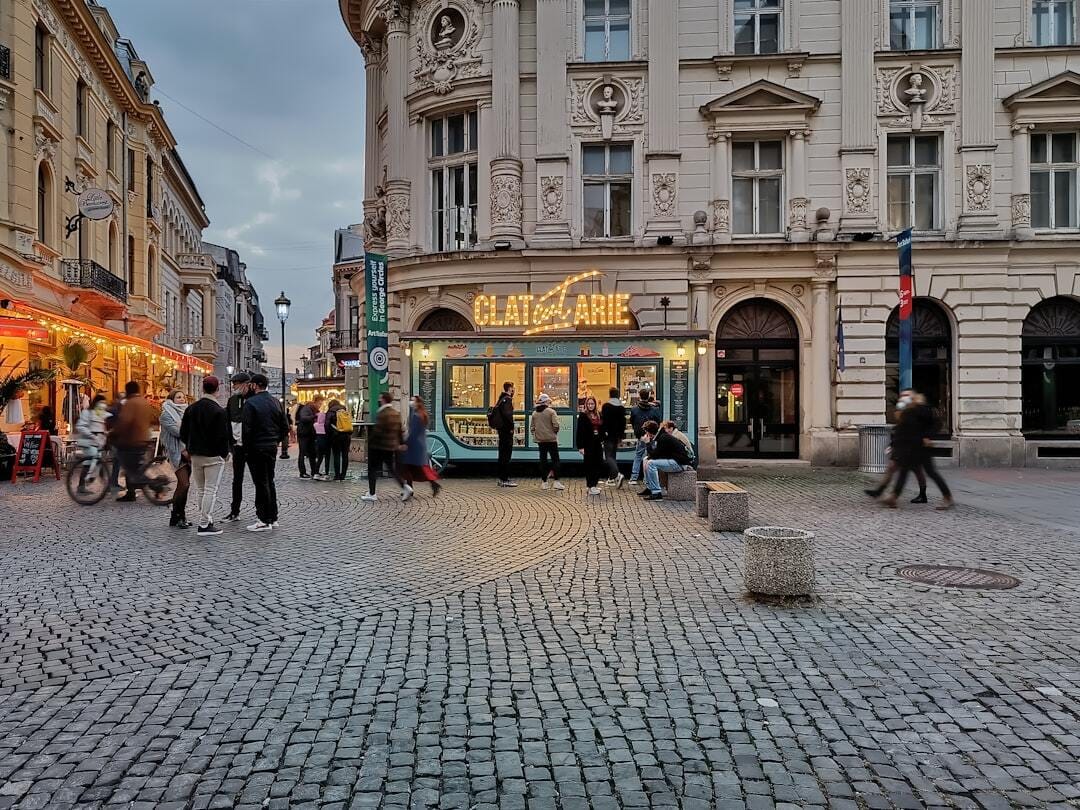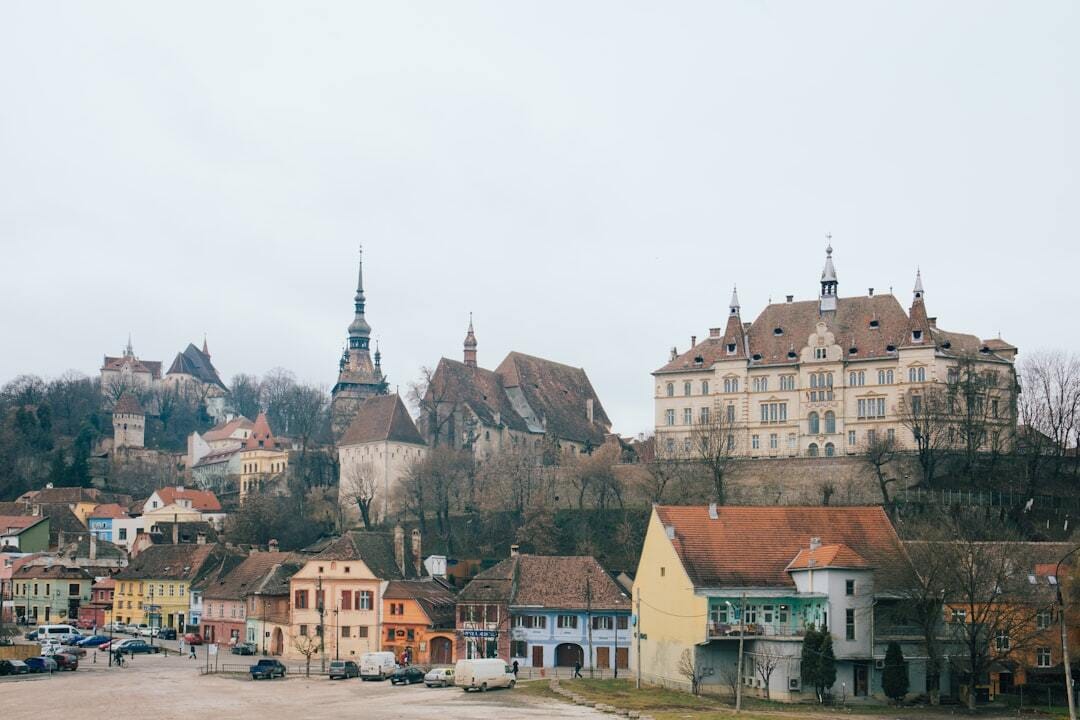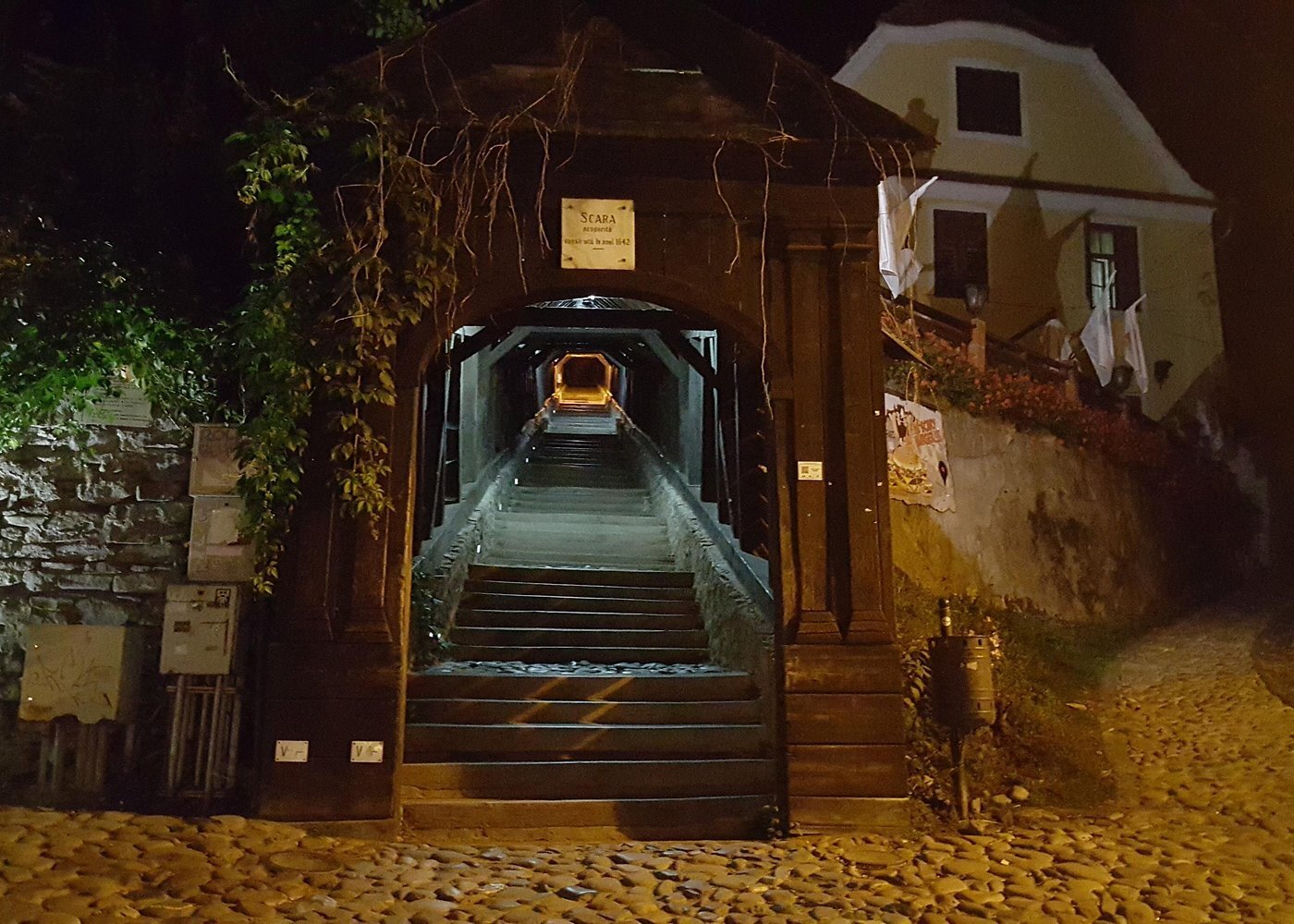- The Unknown
- Posts
- From Dracula to Wednesday Addams: How Romania Became Horror's New Hot Spot
From Dracula to Wednesday Addams: How Romania Became Horror's New Hot Spot
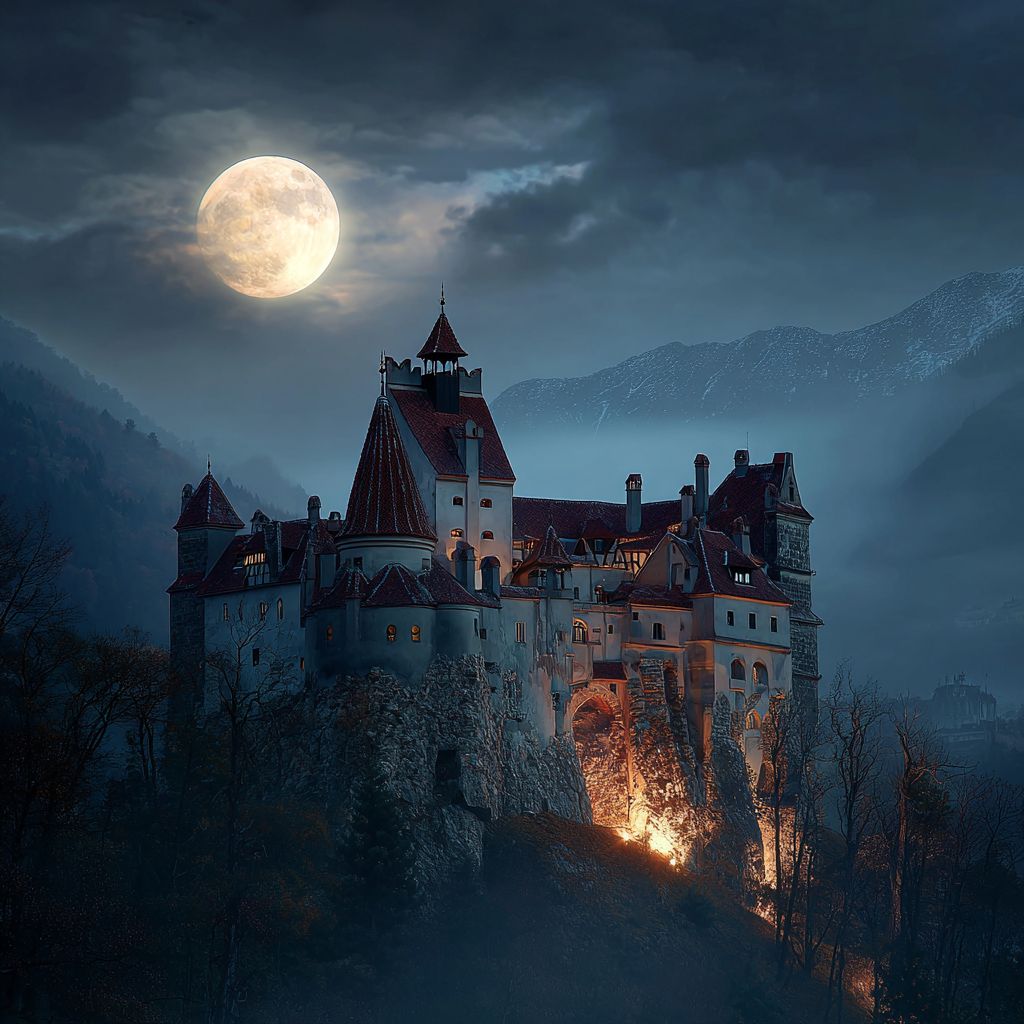
Note: This article may contains affiliate links for which we may receive a commission
I know that the show Wednesday isn’t really horror, but Romania's recent upsurge in creating horror films has garnered global attention with the release of Wednesday Season 2, captivating audiences worldwide. While Romania's eerie landscapes have once again sparked the interest of horror fans, the country's cinematic revival extends past the stereotypical Dracula imagery, positioning itself as a contemporary hub for aficionados of genre cinema.
In the historic streets of Bucharest, a new wave of horror filmmaking reverberates beyond mere remnants of the past. Through Jenna Ortega's portrayal of Wednesday Addams, Romania unexpectedly emerges as a focal point for contemporary horror cinema, blending ancient superstitions with innovative storytelling methods–a perfect portal for cultural exploration.
A Contemporary Wave: Flourishing Horror Scene in Romania
Transylvania initially gained fame in the horror genre with Bram Stoker's Dracula in 1897, modern-day Romania is crafting a new narrative for horror enthusiasts. In the past decade, the country's film industry has witnessed a significant revival, attracting both local and international productions drawn to Romania's authentically eerie settings and well-equipped film facilities. The success of Wednesday, filmed amidst Romania's evocative landscapes, signals just the beginning. Romanian horror has transcended the conventional vampire folklore, embracing psychological suspense, folk horror, and supernatural themes inspired by the country's rich tapestry of dark legends.
The Film Scene in Bucharest
Bucharest, Romania's capital, has evolved into a hub for innovative horror filmmaking. The juxtaposition of Communist-era brutalist structures and medieval remnants in the city creates a disquieting urban backdrop that filmmakers find irresistible. Recent projects have repurposed abandoned factories in the Floreasca district into dystopian settings, while the winding alleys of the Old Town serve as a stage for psychological thrillers.
The Bucharest International Film Festival, held annually in October, has transformed into a platform for horror and thriller films, featuring a dedicated "Dark Nights" section that highlights Romanian and international genre cinema. During the festival season, horror enthusiasts can engage in premieres alongside filmmakers and like-minded fans in venues ranging from historic theaters to converted underground spaces.
Brașov: Merging Wednesday with Medieval Dread
Brașov, the medieval city prominently featured in Wednesday Season 2, invites visitors to immerse themselves in the world of the Addams family while exploring a locale pivotal to Romania's horror film resurgence. The city's Gothic architecture and the encompassing Carpathian Mountains provide a natural film set that has attracted a variety of productions, from major Netflix series to independent Romanian horror films.
The city's Council Square, with its lively baroque structures and the imposing Black Church, sets a surreal backdrop that contemporary horror directors leverage effectively. Local film tours now offer visitors the chance to explore both Wednesday filming locations and sites used in lesser-known Romanian horror productions, providing insights into how the same medieval streets can be transformed to suit diverse narrative requirements.
Sighișoara: Redefining Its Origins
Renowned as the birthplace of Vlad the Impaler, Sighișoara, a UNESCO World Heritage site, has become a favored setting for modern horror filmmakers seeking an authentic medieval atmosphere away from the tourist crowds at more renowned castles. With its well-preserved 14th-century architecture, the city offers filmmakers ready-made stages requiring minimal alteration.
Recent Romanian horror films have utilized Sighișoara's Clock Tower and narrow cobblestone streets to craft atmospheric thrillers focusing on psychological unease rather than supernatural elements. The annual Medieval Festival in July now incorporates horror-themed activities and film screenings, blending historical reenactments with contemporary genre entertainment.
Embracing Folk Horror
Romania's significant influence on modern horror cinema stems from its embrace of folk horror, a subgenre drawing from rural traditions, ancient beliefs, and pre-Christian practices. This movement represents a uniquely Romanian voice in horror, venturing beyond imported vampire lore to delve into the nation's indigenous dark folklore.
Strigoi and Modern Nightmares
Romanian filmmakers have revisited the concept of the strigoi—troubled spirits from local folklore distinct from Hollywood's portrayal of vampires. Rooted in authentic Romanian traditions, these entities have inspired a wave of horror films exploring themes such as guilt, community secrets, and the burden of history.
Viscri, a village in Transylvania with its fortified Saxon church and traditional architecture, has become a sought-after filming location for folk horror productions. The village's genuine rural ambiance, coupled with its history of Saxon settlement and Romanian folklore, offers filmmakers a backdrop where ancient beliefs evoke real threats rather than romanticized gloom.
Read more about - Romania 2 Day Private Tour from Bucharest
A Fresh Adventure in Transylvania: Horror Tourism
The tourism landscape in Romania has been transformed by the revitalization of the horror film sector, providing visitors with the opportunity to immerse themselves in a blend of traditional Gothic elements and contemporary horror trends. Present-day horror tourism in Romania offers a variety of experiences, ranging from guided tours of film locales to participation in horror film festivals.
Exploring Film Sites in Brașov
In Brașov, specialized guided tours have been introduced that focus on the horror genre, intertwining visits to filming locations with a broader exploration of the city's Gothic architecture and its connection to horror films. These tours offer visitors a behind-the-scenes look at the filming process while meandering through the medieval streets that have set the stage for various productions.
The itinerary typically includes stops at key spots like the Council Square, where crucial scenes were filmed, the striking Gothic design of the Black Church, and the adjacent areas that doubled as the exterior of Nevermore Academy. Guides often delve into other horror projects shot in the region, providing a comprehensive view of Romania's contribution to genre filmmaking.
Find out why 1M+ professionals read Superhuman AI daily.
In 2 years you will be working for AI
Or an AI will be working for you
Here's how you can future-proof yourself:
Join the Superhuman AI newsletter – read by 1M+ people at top companies
Master AI tools, tutorials, and news in just 3 minutes a day
Become 10X more productive using AI
Join 1,000,000+ pros at companies like Google, Meta, and Amazon that are using AI to get ahead.
Horror Film Explorations in Bucharest
Visitors to the capital city of Romania are encouraged to explore locations featured in both local and international horror films. These excursions often feature visits to abandoned buildings, Communist-era structures, and historical sites transformed into settings for horror movies.
By showcasing how filmmakers utilize Bucharest's diverse architectural backdrop to create varied atmospheres, participants witness the transformative power of a single location, capable of metamorphosing from a post-apocalyptic scene to a Gothic manor through camera angles and artistic interpretation.
Festival Experiences
With a primary focus on horror cinema, this festival offers attendees the opportunity to immerse themselves in Romanian horror movies alongside international genre films. The event typically includes premieres, Q&A sessions with directors, and special screenings at atmospheric venues throughout Bucharest.
Festival attendees can take part in horror film workshops, interact with Romanian filmmakers, and join guided tours of the city's horror filming sites tailored specifically for festival participants. This event serves as a comprehensive introduction to Romania's horror film industry beyond the usual tourist hotspots.
Held annually in Cluj-Napoca, TIFF has increasingly put a spotlight on horror and thriller genres, showcasing Romanian and international genre cinema.
The setting of the festival in Transylvania brings a captivating element to horror movie showcases, offering chances to engage with filmmakers and industry insiders.
The Influence of Dracula: Context and Evolution
The rise of horror cinema in Romania signifies a shift from traditional vampire-themed tourism, while still acknowledging the importance of the country's Dracula heritage in shaping the horror culture of the region. Instead of discarding this legacy, modern Romanian horror embraces and reinterprets vampire folklore.

Bran Castle: More than a Typical Tourist Spot
Despite being promoted as "Dracula's Castle," Bran Castle, loosely linked to Vlad the Impaler, stands out as Romania's most renowned horror-related tourist site. Beyond its vampire associations, the castle contributes to contemporary horror culture by being featured in productions that challenge standard vampire myths.
Contemporary filmmakers frequently use Bran Castle and its surroundings to create films that deviate from traditional Gothic horror elements, utilizing the castle's iconic visuals to introduce unexpected plot developments. The tourism facilities at the castle also serve as a blueprint for developing other Romanian horror settings, highlighting the commercial potential of horror tourism and underscoring the significance of authentic ambience in crafting memorable visitor experiences.
Poenari Fortress: The True Dracula Stronghold
Poenari Fortress, the actual stronghold of Vlad the Impaler, offers a historically accurate but less accessible Dracula experience. Situated dramatically on a cliff, the fortress ruins necessitate a challenging hike, providing visitors with an authentically atmospheric encounter with Romanian history.
Modern horror filmmakers have leveraged Poenari and similar remote locations to construct narratives that delve into the historical realities behind vampire legends, emphasizing the human horrors of medieval warfare and political conflicts over supernatural elements.
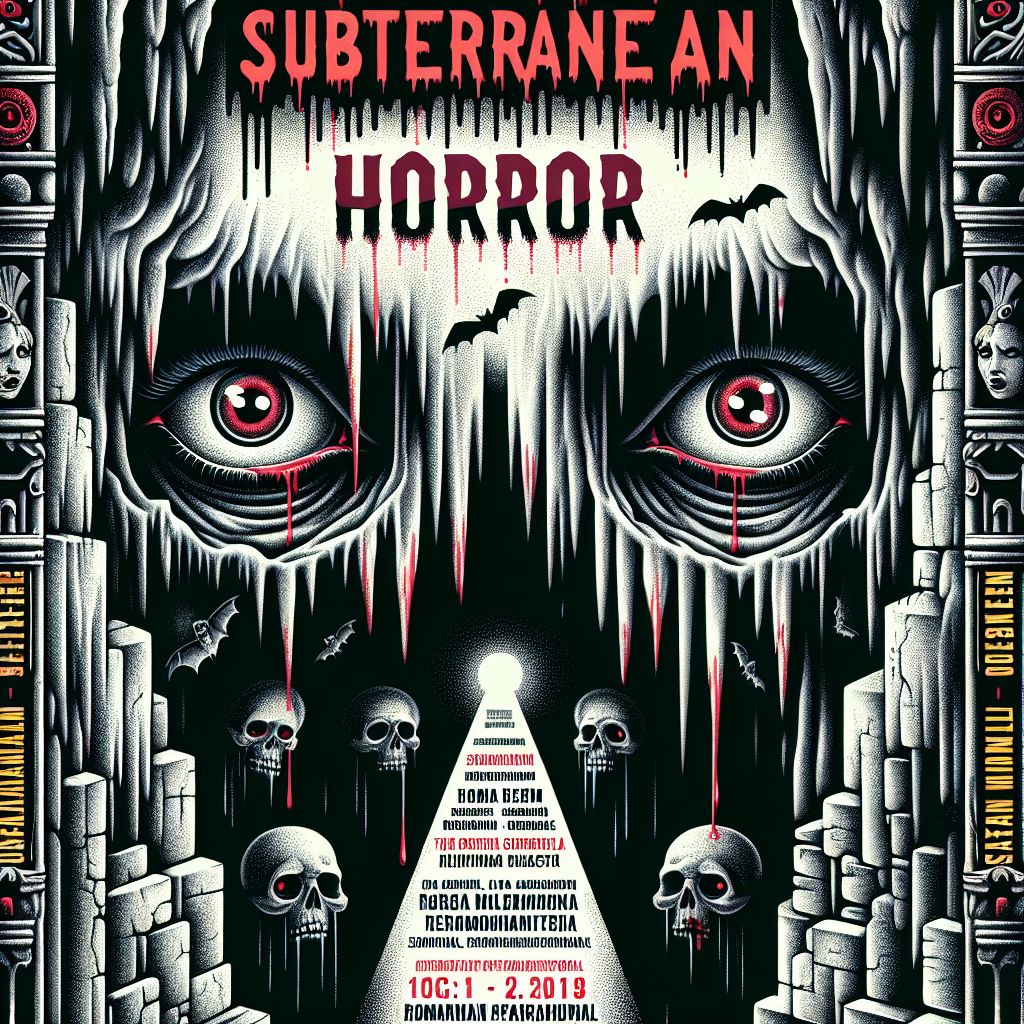
The Independent Scene: Subterranean Horror in Romania
Romania's horror revival extends beyond mainstream productions to encompass a vibrant independent film community exploring uniquely Romanian themes and storytelling techniques. This underground movement forms the innovative core of the country's broader horror film culture.
Independent Romanian filmmakers have produced horror films that capture captivating atmospheres despite limited resources. These films often rely on practical settings, natural lighting, and engaging performances rather than elaborate special effects.
The success of these indie films has garnered global recognition for Romanian horror talent, paving the way for directors and actors to transition to larger-scale productions. This shift from independent to mainstream filmmaking helps maintain the authenticity and artistic vibrancy that define Romanian horror.
Film Education and Emerging Artists
Romanian film schools have introduced specialized programs focusing on genre filmmaking, nurturing graduates with technical filmmaking skills and a profound understanding of the cultural nuances that set Romanian horror apart. Emphasizing practical filmmaking experience, these programs challenge students to create short horror films using local sites and folklore.
Annual student film festivals in Bucharest and Cluj-Napoca showcase emerging horror talent, offering a platform for new filmmakers to gain visibility and for industry experts to discover promising voices in Romanian genre cinema.
Practical Tips for Horror Film Tourism
Optimal Times to Visit
October-November: Peak horror season coincides with film festivals and Halloween-themed events, though weather can be unpredictable, enhancing the eerie atmosphere.
May-September: Ideal weather for outdoor filming locations and mountainous areas, with longer daylight hours for extended exploration.
December-February: Winter ambiance heightens Gothic settings but limits access to mountain regions, making urban locations and indoor venues more accessible.
Transportation and Logistics
Bucharest: Well-connected international airport with links to major European cities and an extensive public transport network facilitating easy access to city-based horror sites.
Brașov: Accessible by train from Bucharest (2.5 hours) or by car, serving as a central location for exploring various Transylvanian filming sites.
Cluj-Napoca: Regional airport with European connections, providing a convenient base for exploring northern Transylvania and the Carpathian Mountains.
Accommodation Options
Historical Hotels: Many Romanian cities offer accommodations in refurbished historic buildings, creating an immersive horror-themed stay.
Rural Guesthouses: Traditional lodgings in villages used as filming locations provide authentic experiences and opportunities to interact with locals involved in film productions.
Urban Boutique Hotels: Contemporary lodging choices in Bucharest and other cities provide comfortable stays for exploring urban horror filming locations.
The Future of Horror Films in Romania
The resurgence of Romania's horror cinema shows no signs of waning. The success of internationally acclaimed films like Wednesday has led to increased investments in local film facilities, while Romanian filmmakers continue to craft distinctive narratives rooted in local traditions and folklore.
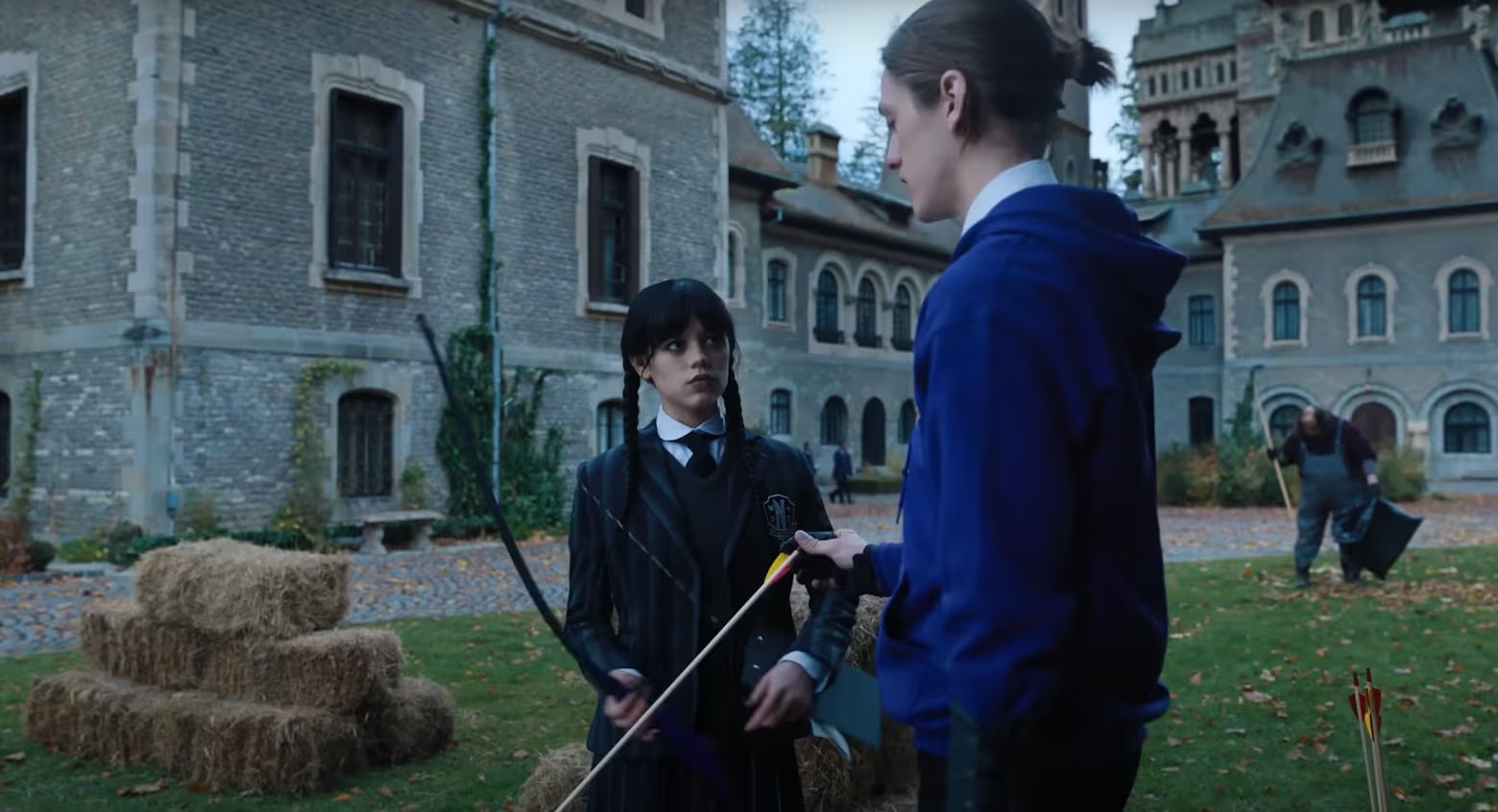
Cantacuzino Castle | Wednesday. Cr. Courtesy of Netflix © 2022
Upcoming Projects
Romania is witnessing the emergence of several significant international horror ventures, indicating a continuous expansion of the country's involvement in the horror genre. These initiatives encompass a variety of formats, from online series to feature films, exploring themes ranging from psychological tension to unearthly fear.
Romanian filmmakers are also embarking on bolder projects that blend local folklore with contemporary horror elements. These endeavors aim to solidify Romania's reputation as a hub for innovative horror content beyond picturesque filming locations.
Cultural Impact
The resurgence of horror cinema has had a wider impact on Romanian society, sparking a renewed interest in native folklore, historical exploration, and the preservation of cultural heritage. Young Romanians are rediscovering traditional stories and beliefs that inspire present-day horror narratives.
This cultural revival is also evident in the tourism sector, with local communities organizing heritage tours that combine historical education with horror-themed entertainment. These initiatives not only present economic prospects for rural areas but also uphold cultural traditions that might otherwise fade.
A Modern Era of Spine-chilling Tales in Transylvania
Romania's resurgence in horror cinema signifies more than a temporary trend in film genres—it embodies a cultural shift reshaping the global perception of this historically rich region. While Dracula's legacy remains prominent in Transylvania, modern Romanian horror showcases the country's ability to evoke a chilling atmosphere beyond vampire lore.
From the ancient pathways of Brașov, once trodden by Wednesday Addams, to the secluded Carpathian villages resonating with traditional horror, Romania beckons horror enthusiasts with encounters that seamlessly blend authentic ambience with innovative storytelling. The revival of horror films in the country has paved the way for cultural exchange, economic progress, and artistic ingenuity while honoring the solemn customs that have long captivated those intrigued by the uncanny.
As the latest season of Wednesday captivates audiences worldwide, Romania stands ready to welcome a fresh wave of horror aficionados eager to explore the landscapes where contemporary terror takes shape.
Whether one is drawn to the captivating allure of medieval towns with a Gothic ambiance or captivated by the complex storylines of contemporary horror movies from Romania, travelers will encounter a country that has adeptly turned its sinister past into a dynamic and ever-changing cultural force. While the legend of vampires persists, Romania's revival in the realm of horror is vibrant and in its nascent stages.
If contemplating a journey centered around the theme of horror in Romania, it might be worthwhile to consider arranging lodging via specialized travel platforms that feature Gothic-style hotels and historic mansions. Many travel agencies now facilitate excursions to locations where horror films were shot, and several Romanian urban centers offer guided walking tours with a horror theme that blend historical sites with film settings. For a fully immersive venture, scheduling your trip in October, when numerous cities host horror film festivals and Halloween-themed activities, is recommended.
The vampires may be eternal, but Romania's horror renaissance is very much alive—and it's just getting started.

